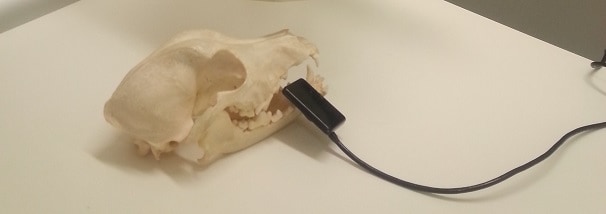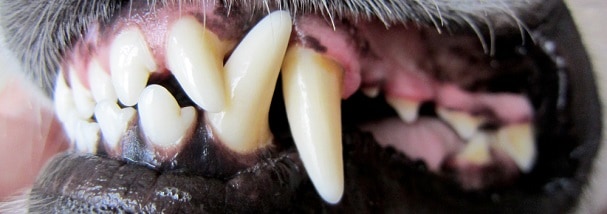 Dental X-rays
Dental X-rays
We have invested in the latest equipment providing cutting edge dental treatment for your pets. With our brand new direct digital X-ray machine, we can take dental X-rays (radiographs) which are essential for detecting serious mouth problems. Using a very safe, low amount of radiation, these X-rays provide a lot of detail and allow us to find cavities, check the health of the tooth and surrounding bone.
Our aim at Vet4life is to provide the best care for your pets and we will use dental radiographs on every case where appropriate. This helps reduce complications and ensures only the most optimal dental care for your pet is performed.
 What are the benefits of dental X-rays?
What are the benefits of dental X-rays?
1. Assess anatomy
There is a great anatomical variety within dog and cat breeds. Some dogs for example have very long jaws, such as Greyhounds and German Shepherd, these breeds often have very big teeth with long roots. Small breeds, such as Pugs and Pomeranian dogs and Persian cats, have short jaws with smaller teeth and roots. These breeds often have the same number of teeth as those animals with longer jaws and this can cause teeth to be displaced. By checking the animal's dentition with pre-treatment X-rays, we are able to spot any significant abnormalities, such as having fewer tooth roots or if the roots are abnormally positioned. X-rays will also show us where teeth are not present. A tooth that has not pushed through fully can cause painful, fluid-filled lesions within the jaw.
By knowing what we are dealing with in advance, we can adapt our procedure as necessary to ensure the greatest comfort to your pet.
2. Assess disease
When we look in our pet's mouth, we can only see a portion of each tooth. The rest of the tooth is hidden from our view beneath the gum line. Dental X-rays allow us to see the whole tooth, a vital key for assessing any disease process. Some diseases we look out for include:
- Periodontal disease – looking at the tooth’s attachment to the bone.
- Tooth trauma – looking at the actual tooth and any disease present at the apex of the root within the bones of the jaw.
- Resorptive Lesions – effective treatment of these can only be carried out when the extent to the disease processes affecting the roots is assessed. This can only be done with dental x-rays.
- Chronic Gingivostomatitis – looking at all teeth affected by periodontal disease to allow effective treatment of this condition.
- To ensure all root structures have be completely extracted when teeth have been removed.
- Unerupted teeth which either require extraction or treatment to allow them to push through .
- Orthodontics – to assess the tooth before and during orthodontic treatments.
If your pet is going to have a dental procedure, we hope this blog has given you an insight into what we do and how these X-rays can help ensure your pet receives the best care possible. Please contact us to book an appointment or watch our video for further information -


